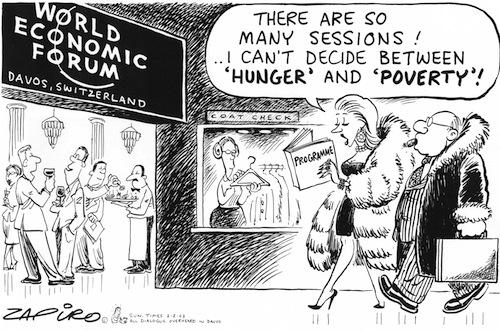
From LiveScience:
The Rich See What They Believe
By Jeanna Bryner
LiveScience Staff Writer
posted: 28 February 2007
People see what they believe, not vice versa, when it comes to social injustice.
And this mind-altering trick of perception keeps moral outrage at bay, especially among the rich, a new psychological study suggests.
By reducing outrage, this mental hoodwink also impedes social change because it inhibits people from taking action, allowing injustices to persist, said lead researcher Cheryl Wakslak of New York University.
Research has shown that people become emotionally distressed when confronted with inequality.
The privileged minority is particularly affected, and they are likely to have a nagging worry that their cash and prizes are undeserved.
To keep a clean conscience and legitimize privilege, individuals often alter their perceptions of the status quo.
The details of how that mental distortion provides the relief, however, remained a mystery until now.
Mind benders
To get at those details, Wakslak and her colleagues presented survey questions and scenarios involving just and unjust situations to about 100 undergraduate students.
Inequality in Australia: here.












 On Tuesday 27 February, there was music, poetry, and a magician in the theater.
On Tuesday 27 February, there was music, poetry, and a magician in the theater.








 From British daily
From British daily  By
By